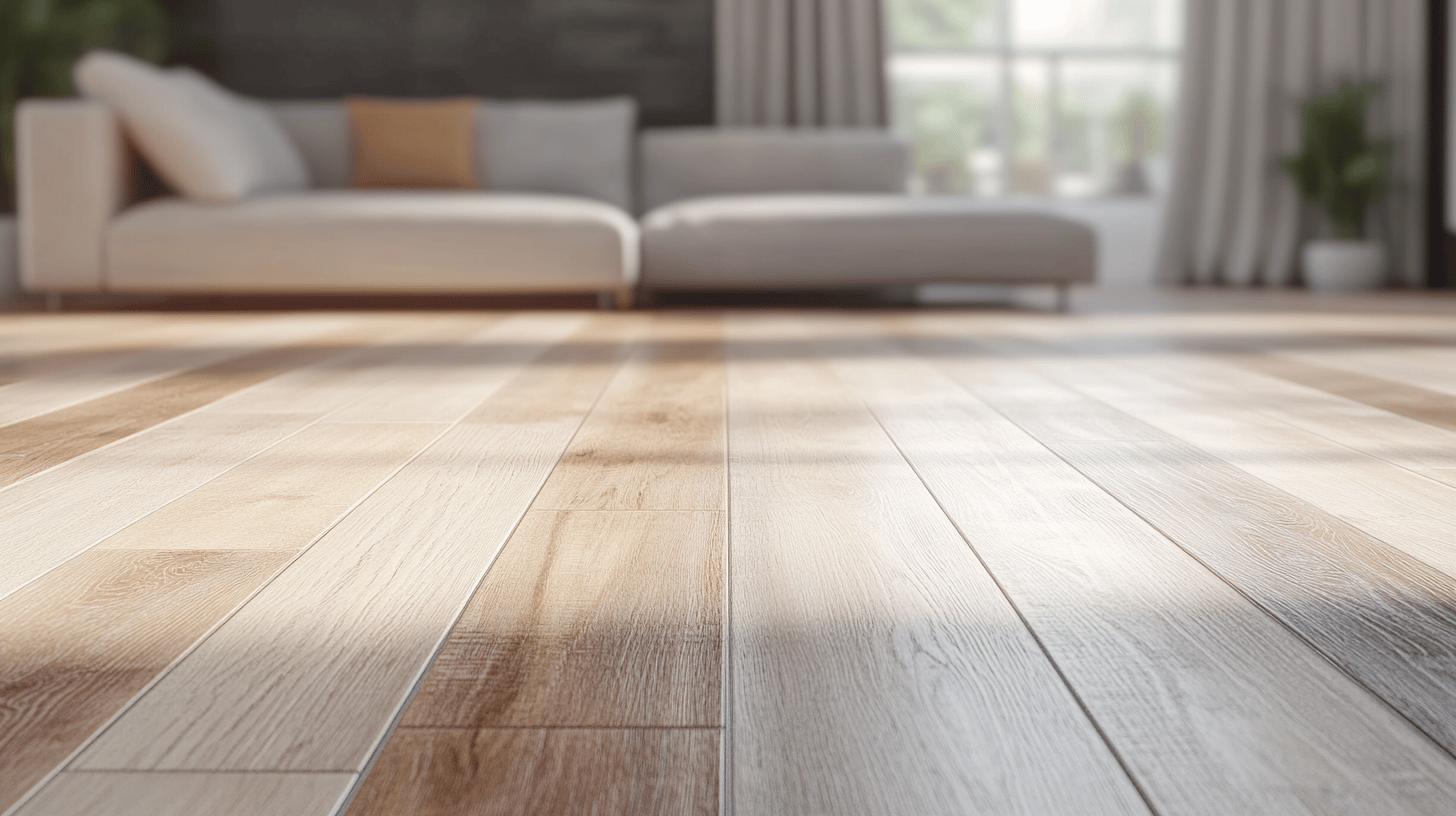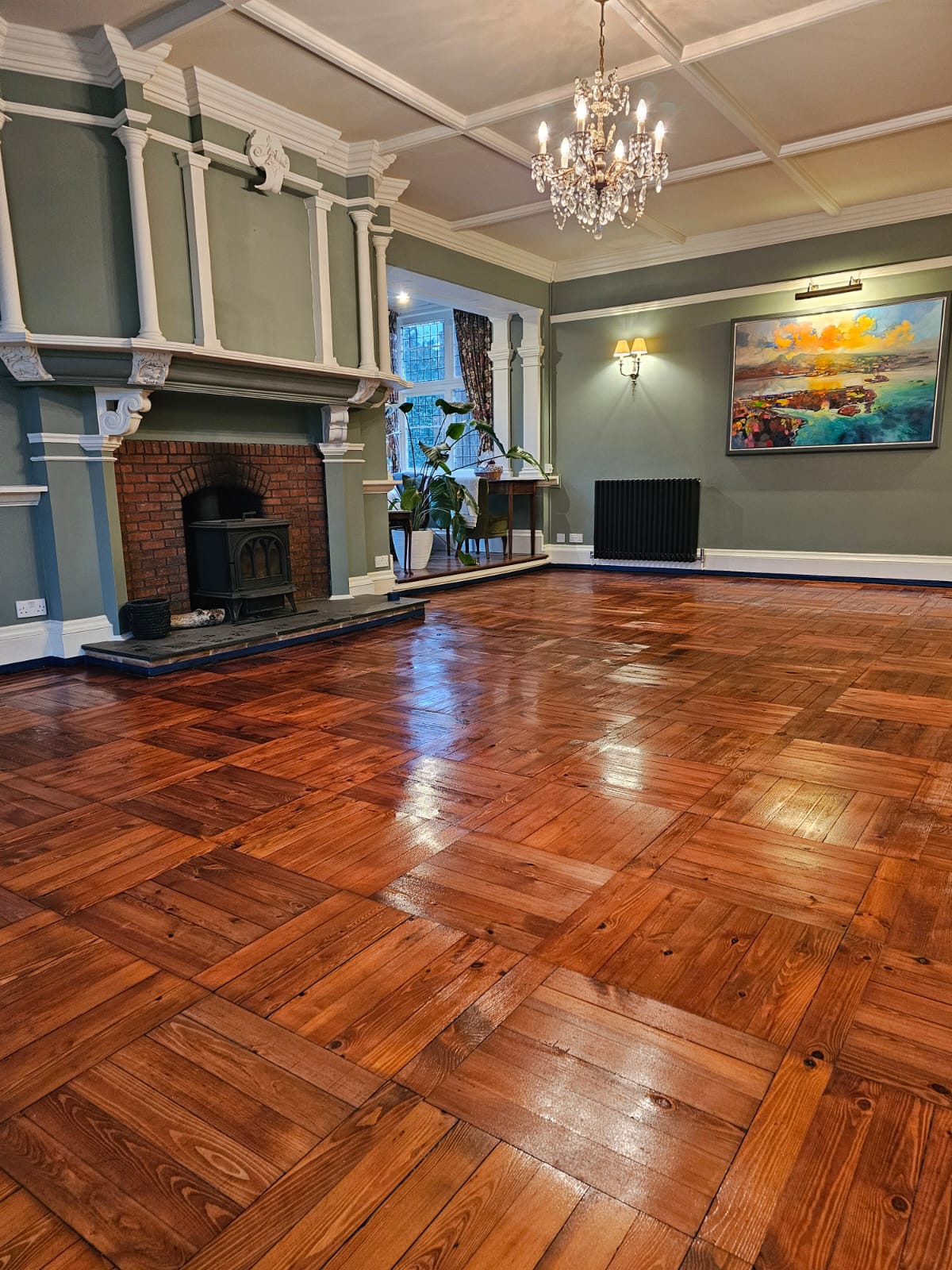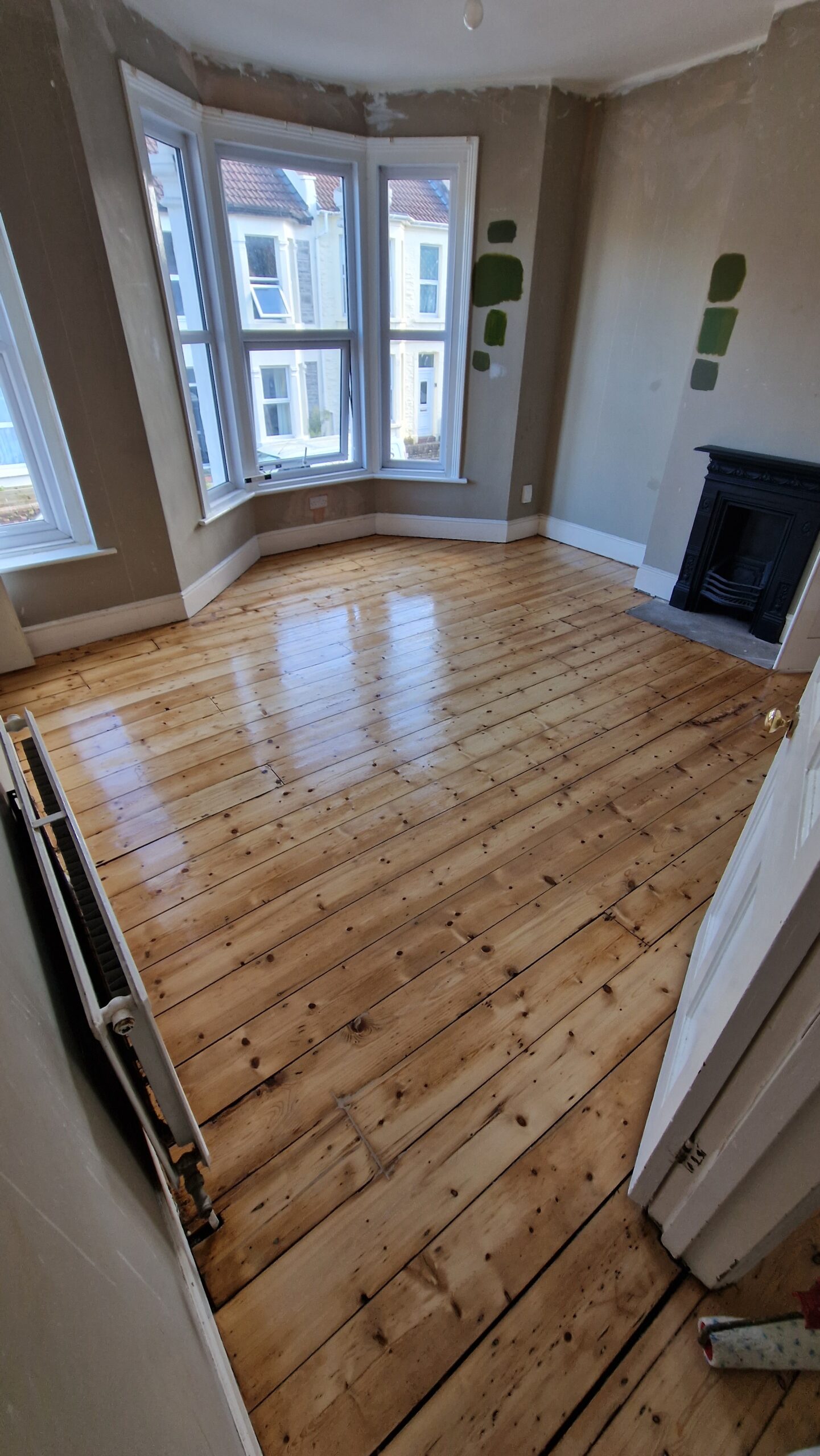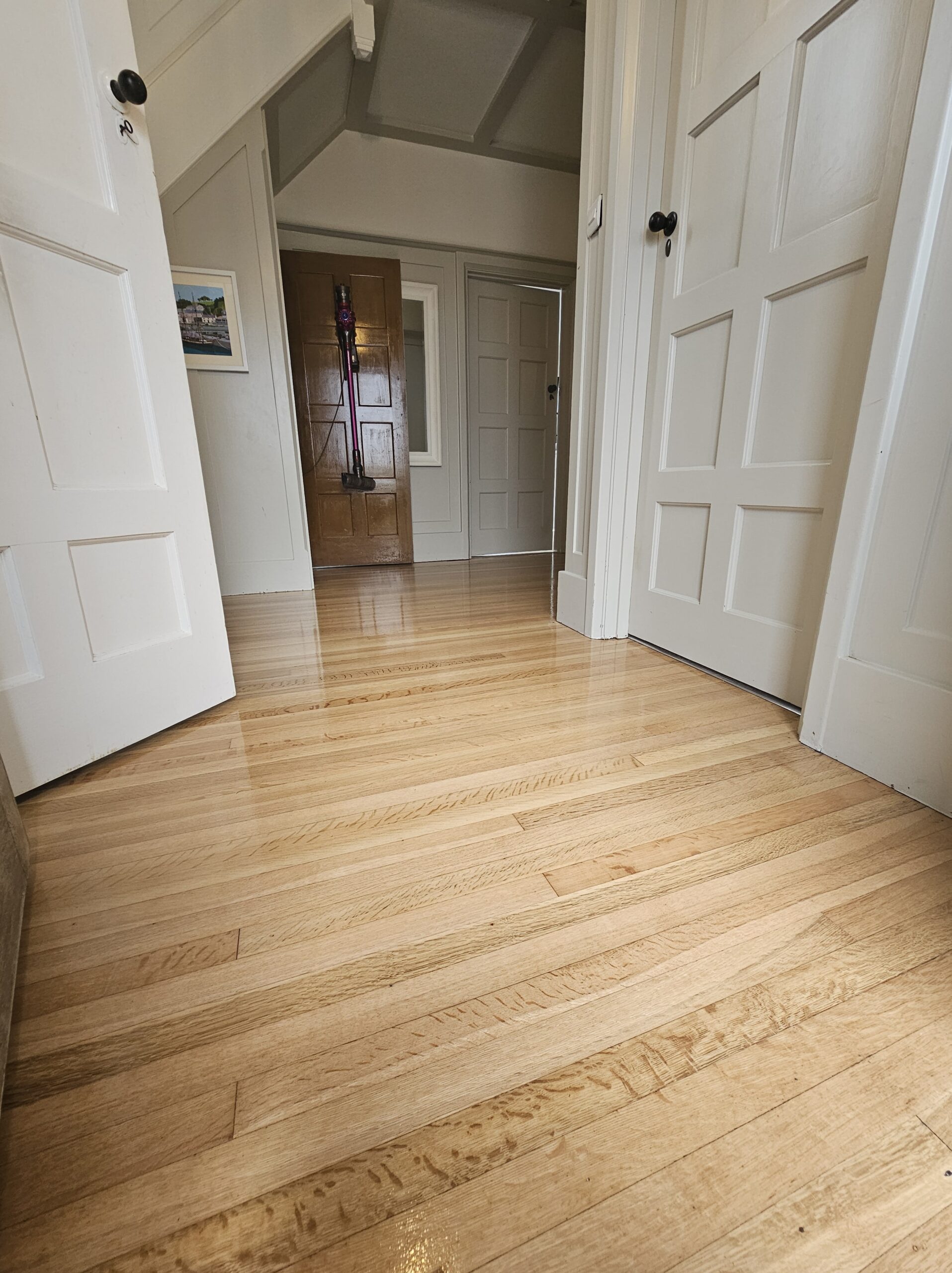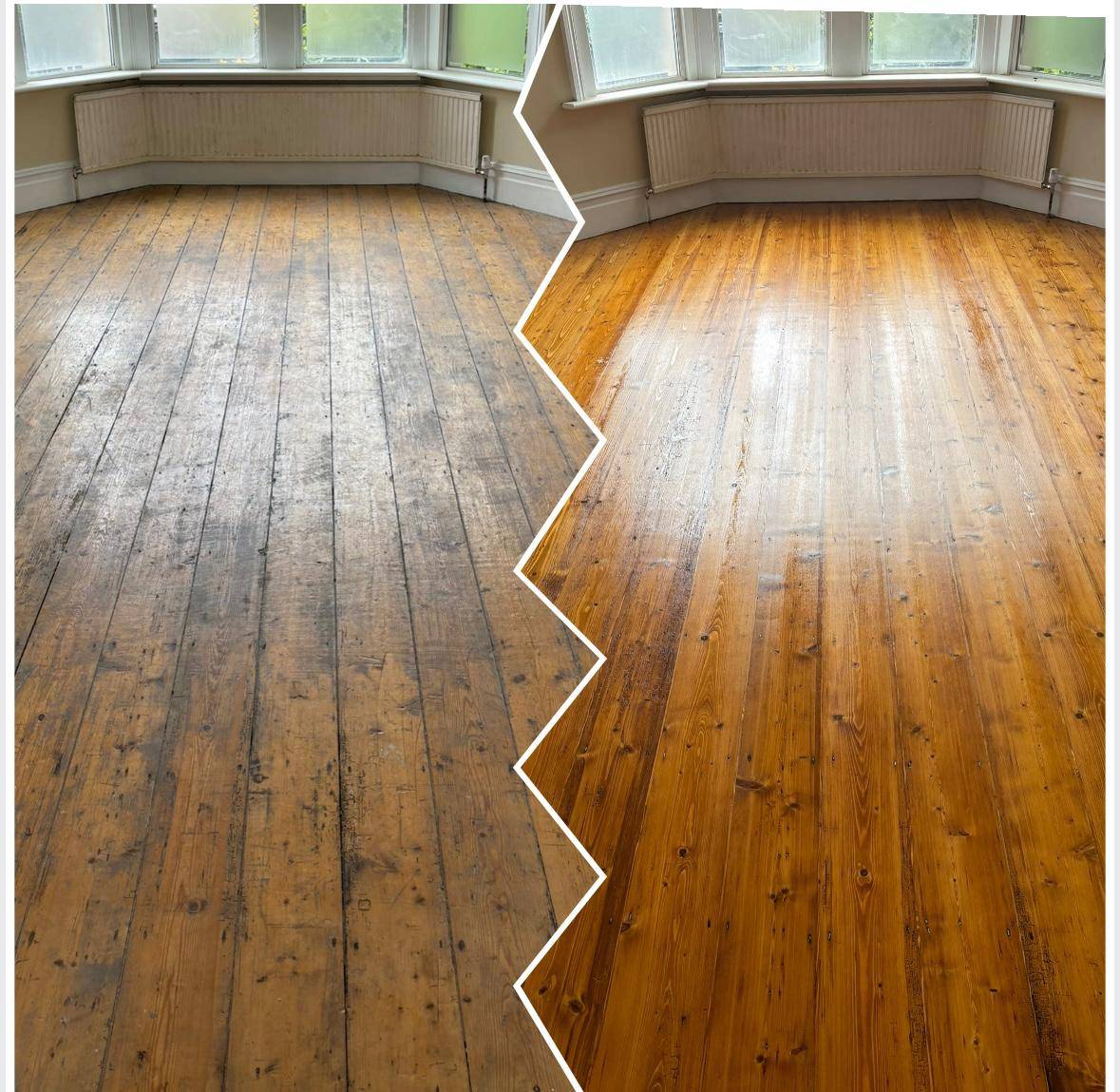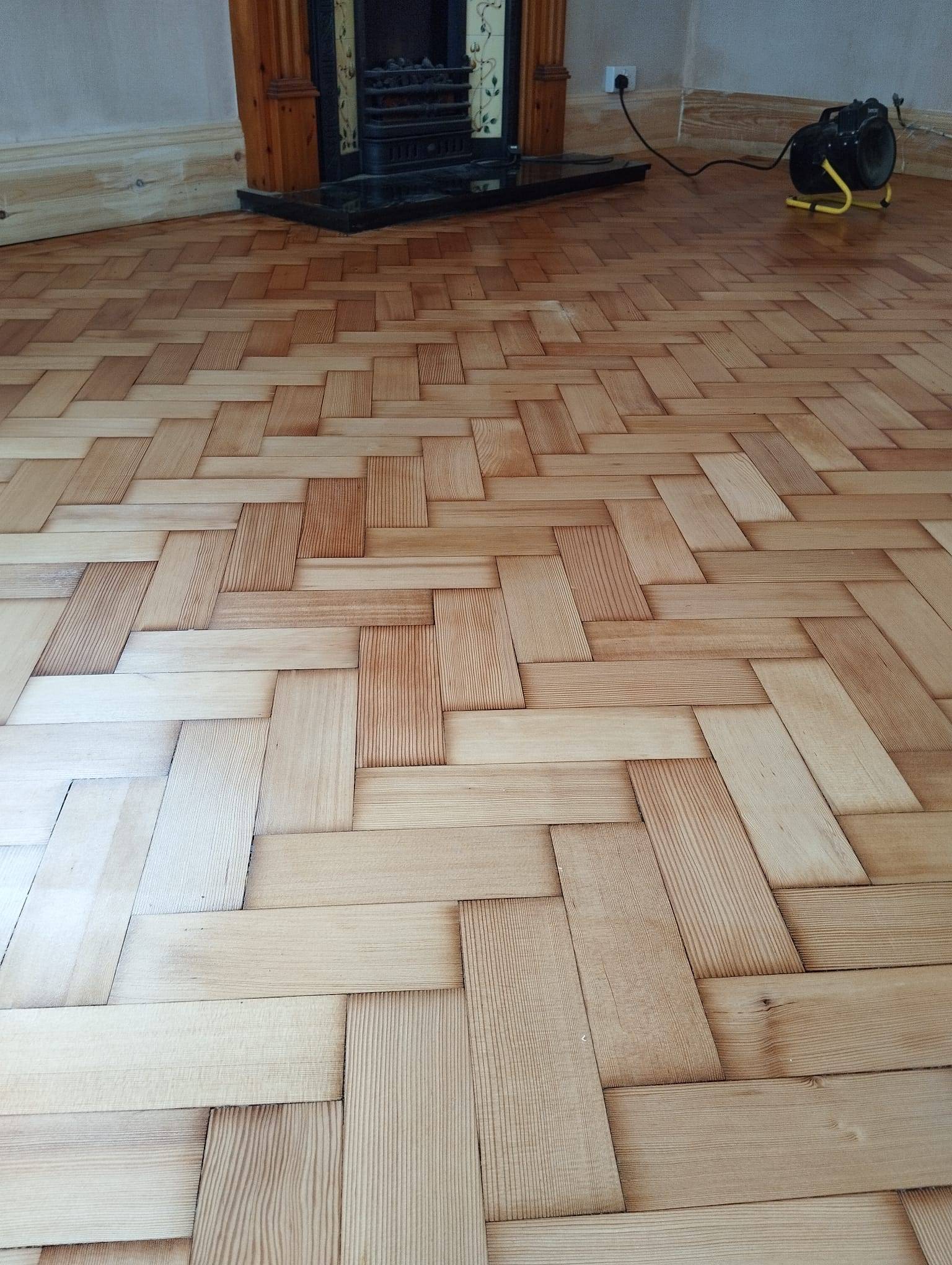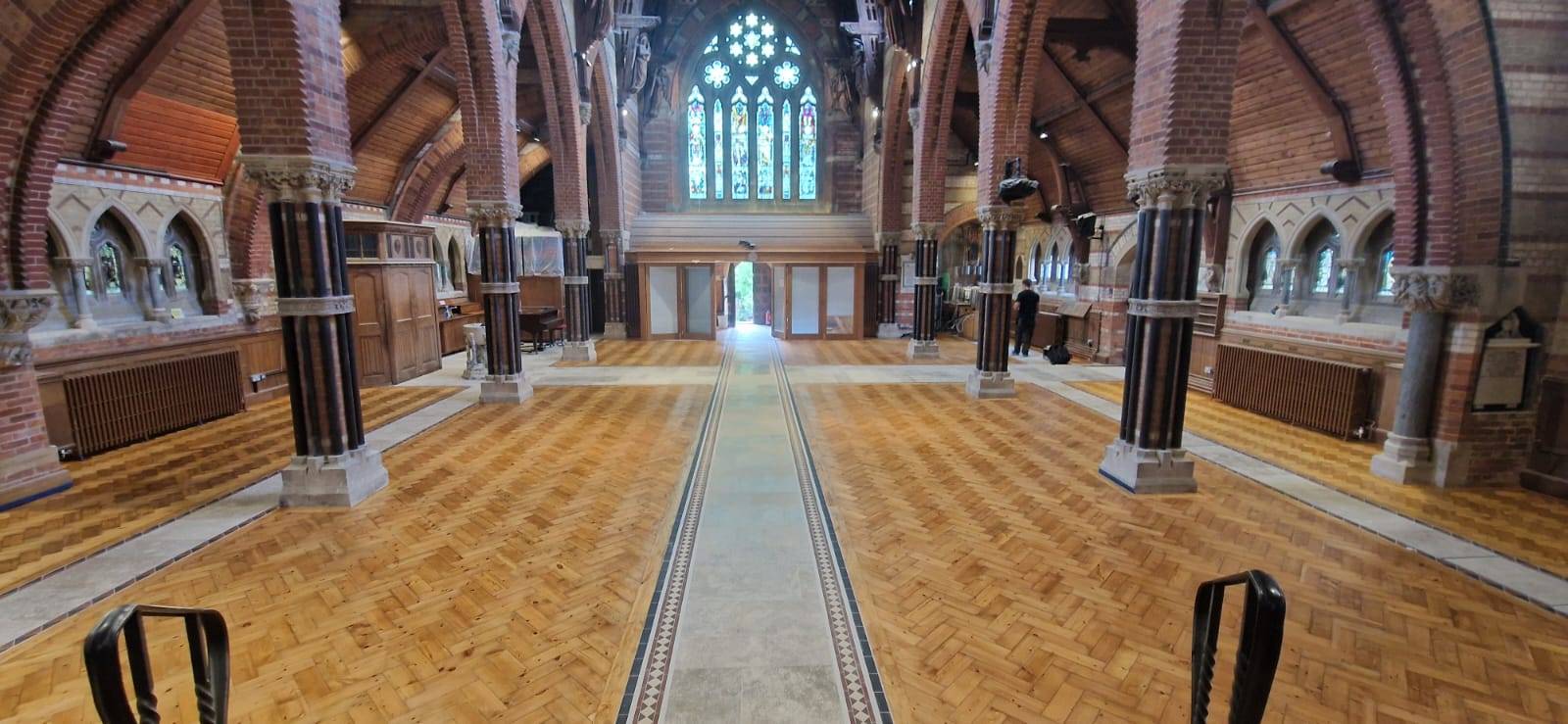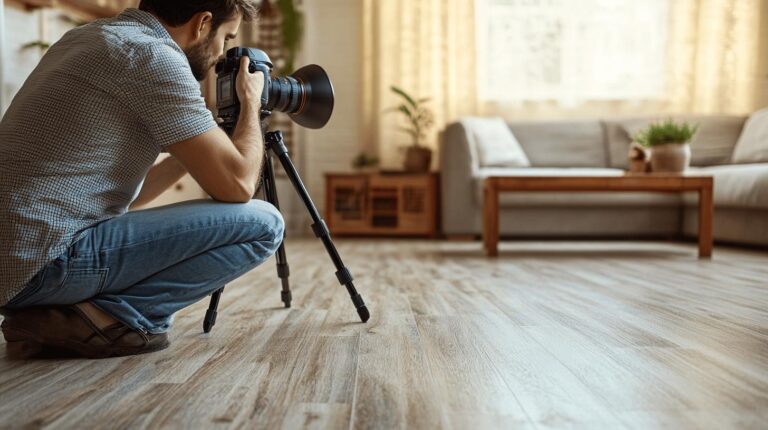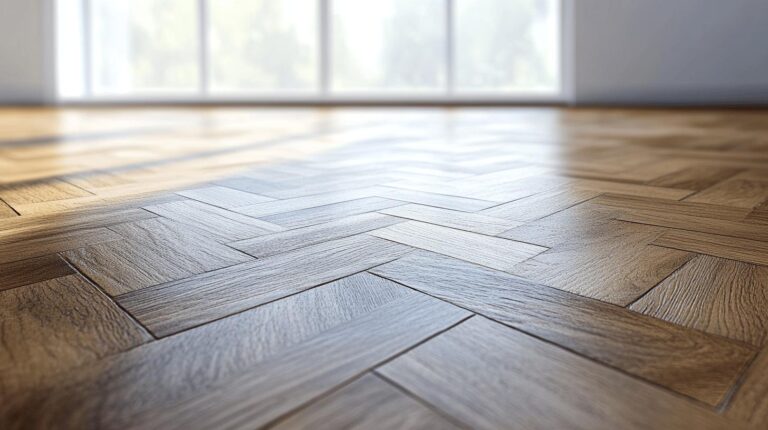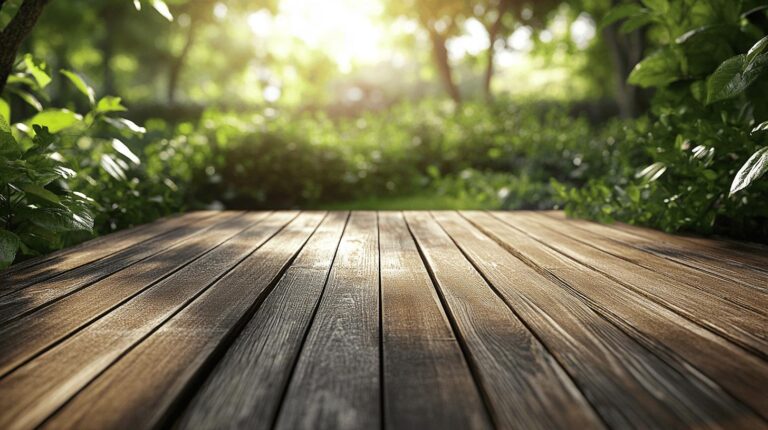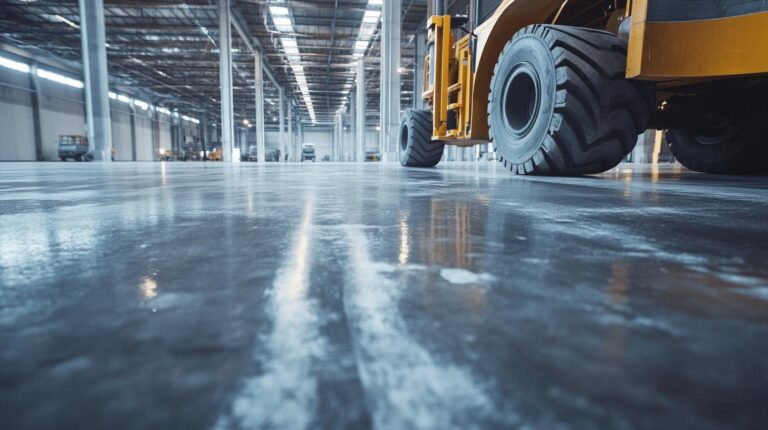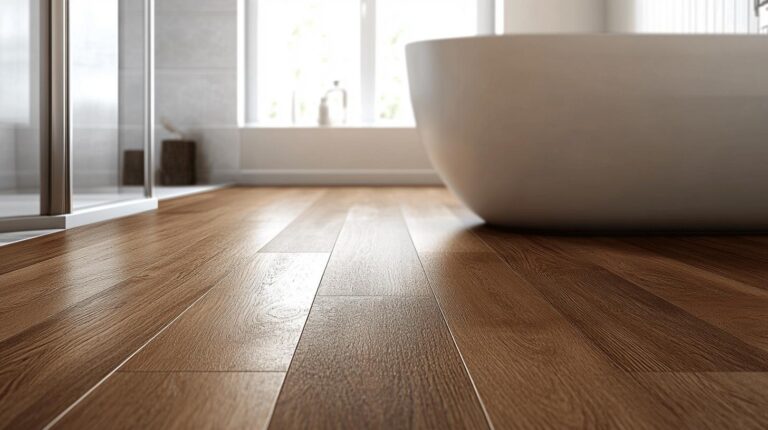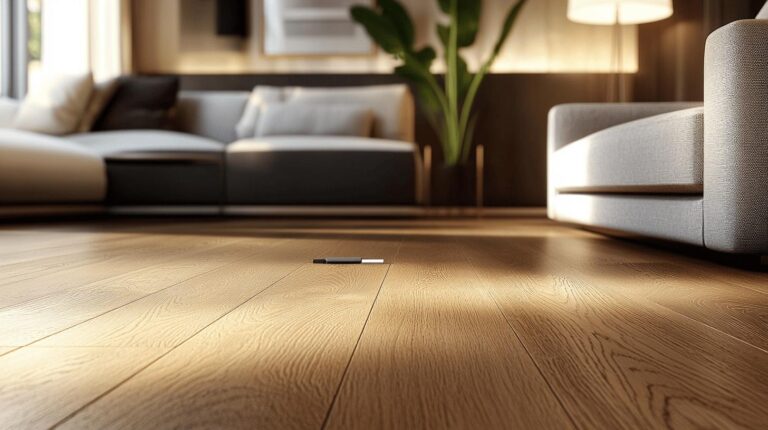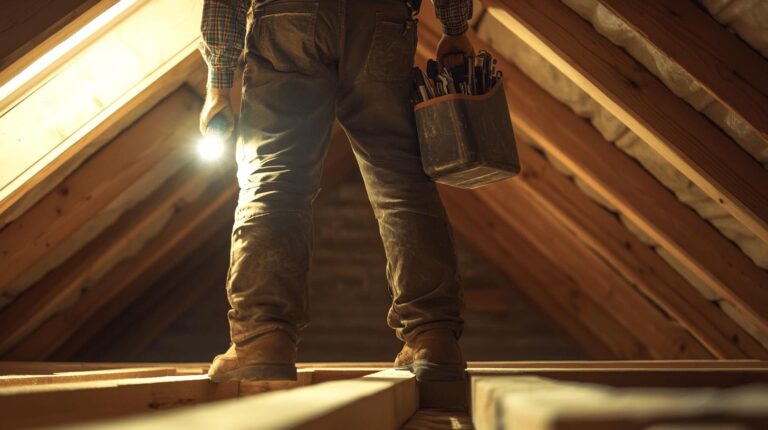When embarking on a wood flooring restoration project, one faces the crucial choice between engineered and solid wood. But which is the superior option? While some may champion solid wood for its timeless aesthetic and refinishing potential, others may highlight the stability and cost-effectiveness of engineered wood. This detailed comparison unravels the pros and cons of these two flooring types, tailored to the discerning homeowner. From durability to installation ease, explore how each flooring option aligns with your restoration goals and helps transform spaces into masterpieces.
Understanding Engineered vs. Solid Wood Flooring in Restoration
Engineered wood flooring is designed with a veneer of real wood layered over a plywood base. This construction enhances its stability, particularly in environments with fluctuating humidity levels. The plywood base helps minimise warping and swelling, making engineered wood an excellent choice for areas prone to moisture, such as basements and kitchens.
In contrast, solid wood flooring is made from a single piece of hardwood, offering a classic and authentic appearance. One of its significant advantages is the ability to be sanded and refinished multiple times throughout its lifespan. This capability ensures solid wood can maintain its beauty and value over many years, making it ideal for restoration projects that preserve traditional aesthetics.
When comparing the two, engineered wood flooring is generally more suitable for spaces with higher moisture exposure due to its resistance to environmental changes. Meanwhile, solid wood flooring is preferable for those seeking a timeless look and the option to restore the floor repeatedly. The choice between these two types of flooring often depends on the specific needs of the restoration project, such as location, environmental conditions, and aesthetic preferences.
Durability and Longevity: Engineered vs. Solid Wood
Solid wood flooring is renowned for its exceptional durability, often lasting for several decades when properly maintained. One of its most notable features is the ability to be sanded and refinished multiple times throughout its lifespan. This capability allows homeowners to restore the floor’s original lustre and address surface imperfections, effectively extending the floor’s life. The longevity of solid wood is largely attributed to its single-piece construction, which offers a robust and sturdy surface. However, its vulnerability to moisture and temperature changes must be managed to prevent potential warping or gapping.
In contrast, engineered wood flooring excels in environments subject to fluctuating humidity and temperature. Its layered construction, which includes a real wood veneer atop a plywood base, enhances its resistance to warping and swelling. This makes engineered wood particularly suitable for areas such as basements or kitchens, where moisture is a concern. While engineered wood may not offer the same refinishing opportunities as solid wood, its stability under varying conditions contributes to its overall durability. This type of flooring is often chosen for its balance of aesthetic appeal and practical performance in challenging environments.
- Solid wood provides multiple refinishing opportunities, extending its lifespan.
- Engineered wood resists warping and swelling, ideal for humid areas.
- Solid wood is more susceptible to moisture, requiring careful management.
- Engineered wood performs well in fluctuating temperature conditions.
- Both types offer distinct advantages, depending on restoration project needs.
Installation Process: Simplifying Wood Flooring Restoration
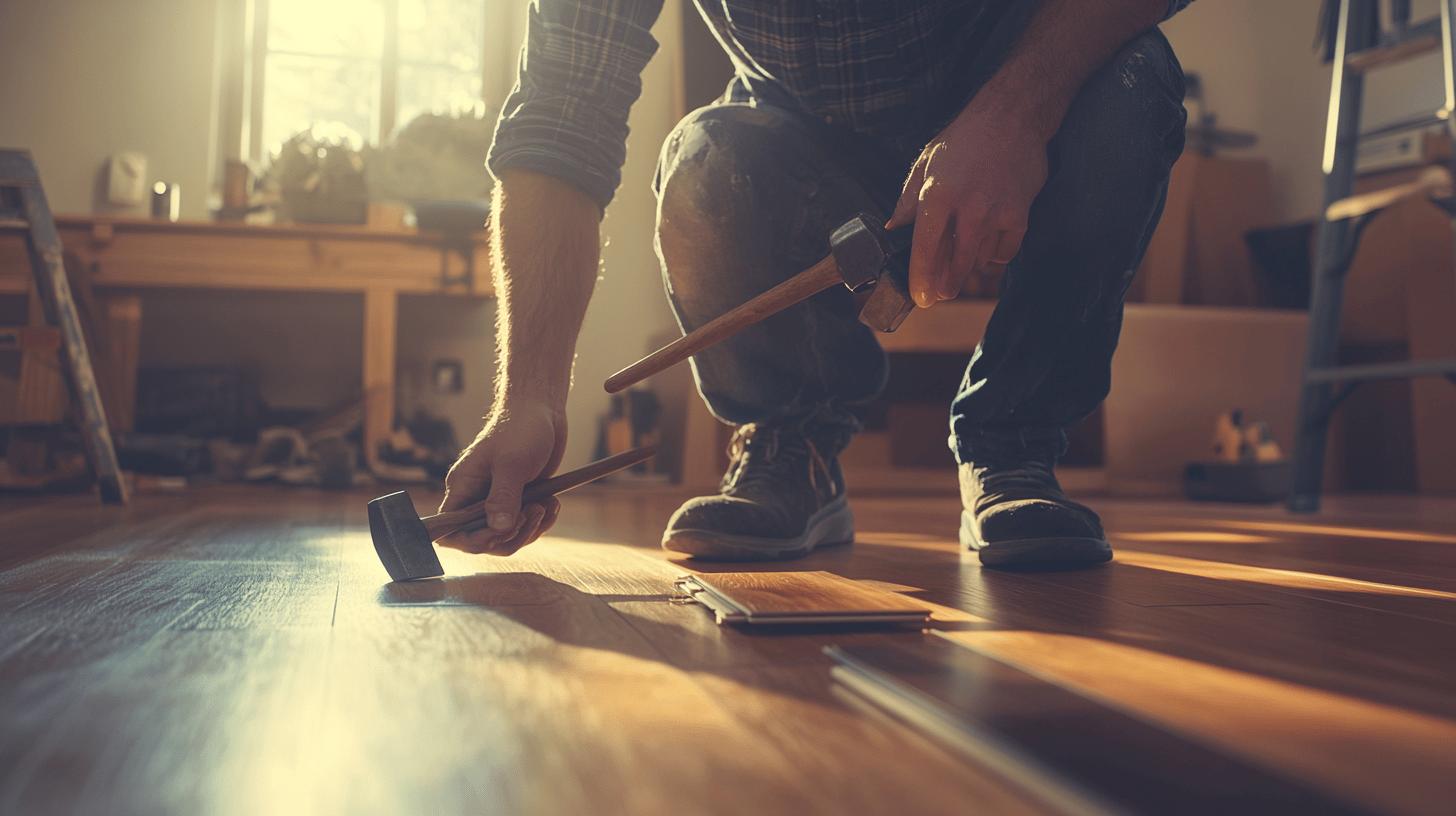
Installing solid wood flooring involves a more complex process that typically requires using nails or staples. This technique ensures that the planks are securely fastened to the subfloor, providing a stable and durable surface. The installation demands precision to allow for natural expansion and contraction, necessitating the expertise of skilled professionals. Solid wood floors often require acclimatisation to the environment before installation, adding to the overall time and effort involved in the process.
In contrast, engineered wood flooring is designed to simplify the installation process by using a click-lock system. This method lets the planks quickly snap together without needing nails or staples, making it a more straightforward and quicker option. The engineered wood’s stability reduces the need for acclimatisation, further expediting the installation. This ease of installation makes engineered wood an attractive choice for DIY enthusiasts and professionals, particularly in projects where time and labour costs are a concern.
- Solid wood requires nails or staples for secure installation.
- Engineered wood uses a click-lock system for ease and speed.
- Solid wood installation necessitates professional expertise.
- Engineered wood is suitable for DIY projects and faster timelines.
Cost Considerations in Wood Flooring Restoration
Solid wood flooring generally incurs higher initial costs compared to engineered wood. This is primarily due to the use of a single piece of hardwood, which is considered a premium material. The manufacturing process, which focuses on delivering a high-quality and authentic appearance, further reduces costs. However, sanding and refinishing solid wood multiple times can significantly enhance its long-term value. This capability allows homeowners to restore the floor’s appearance over decades, potentially reducing the need for complete replacement. Thus, while the upfront investment is substantial, the durability and longevity of solid wood flooring can offer better value over time, especially for those planning long-term restoration projects.
Engineered wood flooring presents a more budget-friendly option with lower initial costs due to its layered construction. Comprising a real wood veneer over a plywood base requires less hardwood, reducing the material expenses. The simplified installation process, often involving a click-lock system, also contributes to cost savings by lowering labour expenses. Although engineered wood may not offer as many refinishing opportunities as solid wood, its resistance to moisture and temperature fluctuations can lead to reduced maintenance costs over its lifespan. Engineered wood provides an economical choice without sacrificing aesthetic appeal for projects with budget constraints or those situated in environments with higher moisture exposure.
| Floor Type | Initial Cost | Long-term Value |
|---|---|---|
| Solid Wood | High | Potentially High |
| Engineered Wood | Moderate | Moderate |
Aesthetic Appeal and Customisation Options
Solid wood flooring is celebrated for its classic, timeless aesthetic, characterised by natural grains and textures. Its appeal lies in its authenticity and warmth to spaces, making it a preferred choice for traditional and historic restoration projects. Solid wood’s grain patterns and colour variations contribute to a unique and authentic appearance, ensuring that no two installations look exactly alike. Furthermore, solid wood can be stained and finished in various ways, allowing for some level of customisation while preserving its natural beauty. This versatility makes it an enduring choice for those seeking to maintain or recreate a traditional atmosphere in their homes or businesses.
On the other hand, engineered wood flooring offers a broader range of aesthetic choices due to its construction. The top veneer of real wood allows for a variety of finishes, from matte to high gloss, catering to modern and contemporary design preferences. Engineered wood is available in numerous styles, colours, and textures, providing greater flexibility for customisation and design innovation. Its ability to mimic exotic woods or unique patterns without the cost and environmental impact of using rare hardwoods is a significant advantage for those aiming for a specific look. Consequently, engineered wood is ideal for projects that require a modern aesthetic or where design flexibility and personalised styles are paramount.
- Solid wood: Offers a natural, unique grain and classic appearance.
- Engineered wood: Provides diverse finishes and styles for contemporary designs.
- Customisation: Solid wood maintains traditional aesthetics; engineered wood excels in modern versatility.
Maintenance and Longevity: Keeping Your Floors Beautiful
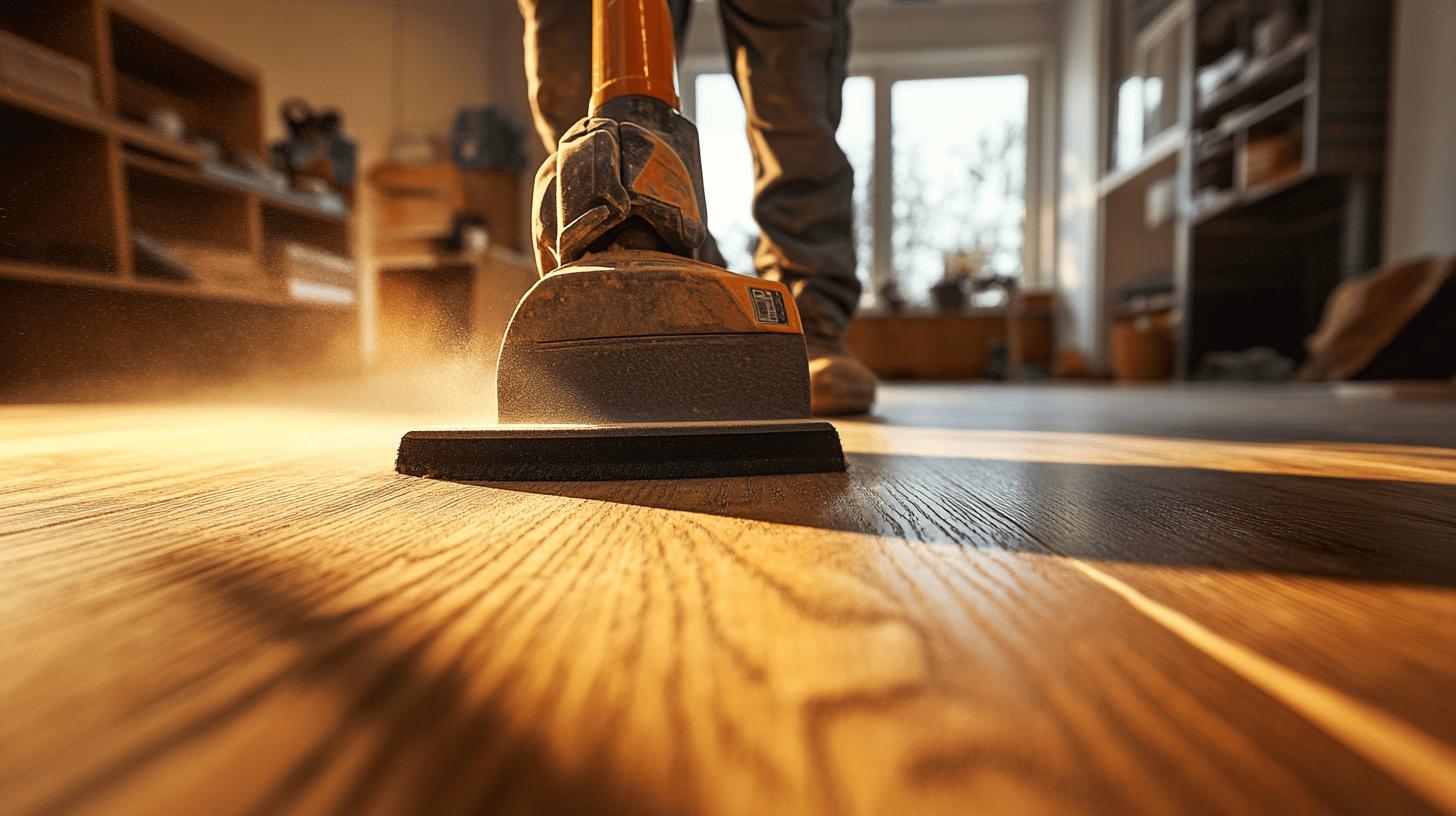
Solid wood flooring requires consistent maintenance to preserve its appearance and extend its lifespan. One of the essential tasks is regular sanding and refinishing, which helps to restore the floor’s original look by removing surface imperfections and signs of wear. The frequency of sanding depends on factors such as foot traffic and environmental conditions, but it is generally recommended every 7-10 years. This process revitalises the floor’s aesthetic appeal and boosts its protective finish, safeguarding the wood from damage. However, it is crucial to manage moisture levels to prevent issues such as warping or gapping, which can compromise the floor’s integrity.
Engineered wood flooring, on the other hand, requires less intensive maintenance compared to solid wood. Its construction, featuring a top veneer over a plywood base, provides stability and reduces the need for frequent refinishing. While engineered wood can be refinished, the number of times is limited due to the thinner top layer. Typically, it can be sanded only once or twice during its lifetime. Routine cleaning and proper care, such as using protective pads and avoiding excessive moisture, can help maintain its condition and appearance. Despite its limitations in refinishing, engineered wood’s resilience to humidity and temperature changes contributes to its longevity, making it a practical choice for environments with variable conditions.
- Solid wood: Requires regular sanding and refinishing every 7-10 years.
- Engineered wood: Less refinishable, generally 1-2 times, needs routine cleaning.
- Moisture management: Crucial for both types to prevent damage and extend lifespan.
Environmental Impact and Sustainability of Wood Flooring
Engineered wood flooring is often considered more environmentally sustainable than solid wood due to its efficient use of materials. The construction process involves a top hardwood veneer over a core made from high-grade plywood or recycled fibres, significantly reducing the amount of hardwood required. This layered structure allows manufacturers to use fast-growing, renewable wood species for the core, thereby conserving slow-growing hardwoods. Additionally, the production process for engineered wood tends to be less wasteful and energy-intensive, further minimising its environmental footprint. As a result, engineered wood is a favourable option for eco-conscious consumers looking to reduce their environmental impact.
In contrast, solid wood flooring requires using entire logs from hardwood trees, which impacts its sustainability. The production of solid wood involves harvesting mature trees, which can lead to deforestation and biodiversity loss if not managed responsibly. The higher demand for high-quality hardwood planks can strain natural resources, mainly if sourced from regions with inadequate forestry management practices. However, solid wood can still be a viable option when sourced from certified sustainable forests, contributing to responsible forestry and ecological balance. Nonetheless, the environmental considerations of solid wood underscore the importance of choosing reclaimed wood or certified sources to mitigate its environmental impact.
- Engineered wood: Uses less hardwood and has lower waste and energy consumption.
- Solid wood: Requires more natural resources and needs responsible sourcing for sustainability.
Expert Recommendations for Wood Flooring Restoration
When considering wood flooring restoration, engineered wood offers several advantages, particularly for projects with budget constraints or those located in high-moisture areas. Engineered wood’s layered construction provides excellent stability against warping and swelling, making it suitable for basements, kitchens, and bathrooms. The cost-effectiveness of engineered timber, combined with its ease of installation, makes it a practical choice for those looking to balance performance and affordability without compromising design flexibility.
In contrast, solid wood flooring is ideal for those seeking a timeless, classic aesthetic and long-term durability. Its ability to be sanded and refinished multiple times allows for preserving and enhancing its natural beauty, making it a valuable investment for restoration projects focused on maintaining historical or traditional appearances. However, solid wood requires careful moisture and temperature management to prevent potential damage, which may not make it the best option for humid environments.
It is highly recommended that you consult with professionals like Ryan’s Restoration for a tailored approach to wood flooring restoration. Their expertise ensures that your project’s specific needs are met, providing valuable insights and services to help you achieve the desired results in both aesthetic and functional terms.
Final Words
One learns their unique benefits by exploring the pros and cons of engineered versus solid wood flooring in restoration. Solid wood offers timeless appeal and long-term refinishing potential, while engineered variants boast ease of installation and moisture resistance.
Considerations span durability, installation, cost, aesthetics, maintenance, and environmental impact, each influencing the flooring choice. For tailored guidance and professional wood floor restoration, Ryan’s Restoration offers expertise prioritizing quality, ensuring homes achieve enduring beauty and value.
FAQ
Which is better, solid or engineered wood flooring?
Solid wood flooring is ideal for classic aesthetics and long-term durability, allowing several refinishings. Engineered wood flooring, due to its stability and varied finishes, suits budget constraints and high-moisture areas.
What are the negatives of engineered wood flooring?
Engineered wood flooring cannot be refinished as often as solid wood, potentially reducing its longevity. Depending on the veneer quality and finish, it may also lack the natural appearance of solid wood.
What is the best flooring for resale value?
Solid wood flooring tends to offer the highest resale value due to its timeless aesthetics and longevity. If well-maintained over time, it can offer a significant return on investment.
Should I refinish the engineered hardwood or replace it?
Refinishing engineered hardwood is possible but depends on the veneer thickness. If the wear layer is too thin, replacement may be necessary to maintain appearance and functionality.
